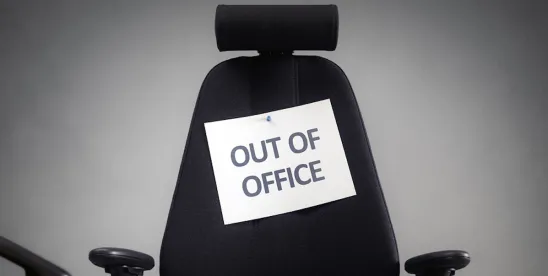A recent Delaware Court of Chancery decision is a gem for those seeking the latest iteration of Delaware law on the requirements of DGCL § 273 regarding judicial dissolution of a joint venture corporation. In the matter styled: In Re Petition for Dissolution of M7 Energy Development Corporation and Convergent Innovation Technology Holdings, Inc., C.A. No. 2024-1135-MTZ (Del. Ch. Aug. 26, 2025), the Court explained in the first paragraph why it was denying the requested relief, as follows: “In short, the petitioners have more work to do.”
In sum, the Court rejected the request for a judicial dissolution of two joint venture corporations for a variety of reasons adumbrated below.
Highlights
- The Court provides extensive citations to Delaware decisions as well as to the leading Delaware corporate treatises to support its reasoning, for example, why the requirements of § 273 are conjunctive—not disjunctive.
- The Court explains why the statute requires an actual disagreement on both: (i) the act of dissolution, as well as (ii) the disposition of assets. In connection with the allegation in the petition that there was “no opposition” to dissolution, the Court refers to the requirement for a bona fide disagreement.
- The Court compares § 18-802 of the LLC Act, which has a different standard for seeking judicial dissolution.
- Although a default judgment was granted on one aspect of the case involving an issue related to the ownership of certain assets, the Court pointedly disagreed with the petitioners’ characterization of how the Court’s grant of a default—only on one narrow issue—impacted other issues related to dissolution, such as the winding up process and the final disposition of all assets.
- Practice tip: The Court emphasized that Rule 7 requires a formal motion for requesting relief. Thus, the Court rejected a request made via letter sent with a proposed form of order, and refused to adopt facts without a proper basis—and in light of the misreading by the petitioners of a prior Court Order in this case.
- Additional practice tips can be gleaned from the Court’s commentary on several procedurally awkward moves made by the petitioners.
- The corporations involved—as opposed to their constituents—apparently did not appear through separate counsel, and formal, proper service on those corporations was a key concern for the Court.
- The Court also addressed the filing by the petitioners of “certificates of dissolution” with the Delaware Secretary of State “on behalf of” the corporations before the Court made its ruling. Notably, the Court refused to allow the petitioners to voluntarily dismiss the claim for judicial dissolution under Court of Chancery Rule 41(a)(2). One reading of these two events in juxtaposition calls into question whether the filing with the Secretary of State of the certificates of dissolution was either effective or appropriate in the context of the Court not formally granting the relief for judicial dissolution, and in light of the Court refusing to allow the petitioners to voluntarily dismiss their request for judicial dissolution notwithstanding the filing of a certificate of dissolution while the case was pending.
- There are many other noteworthy aspects of this enlightening 18-page letter ruling that deserve careful attention, but the foregoing highlights were the most interesting to me.




 />i
/>i
